Home>Garden Essentials>What Vegetables Can You Grow In A Vertical Garden?
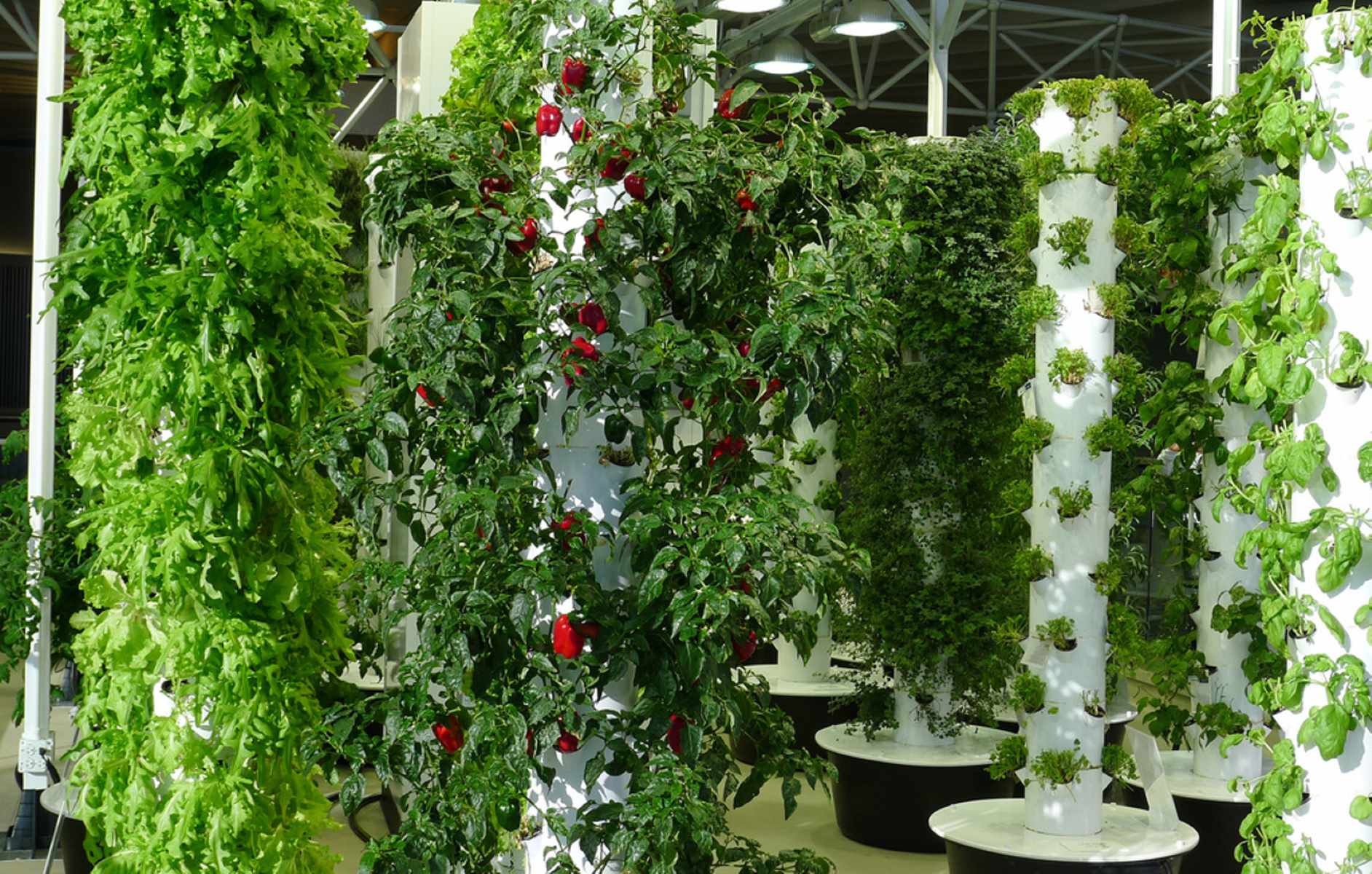

Garden Essentials
What Vegetables Can You Grow In A Vertical Garden?
Modified: March 16, 2024
Learn about the best vegetables to grow in a vertical garden and optimize your space. Discover the benefits of vertical gardening for your garden.
(Many of the links in this article redirect to a specific reviewed product. Your purchase of these products through affiliate links helps to generate commission for Storables.com, at no extra cost. Learn more)
Introduction
Welcome to the world of vertical gardening, where you can take your love for plants to new heights – literally! Vertical gardening has gained popularity in recent years due to its space-saving capabilities and aesthetic appeal. Whether you have a small balcony, a limited backyard, or simply want to add a unique touch to your garden, vertical gardening is a perfect solution. But what vegetables can you grow in a vertical garden? Let’s delve into the wonderful world of vertical gardening and explore some of the best vegetables to grow in this ingenious gardening method.
Vertical gardening allows you to maximize your growing space by utilizing walls, fences, trellises, and other vertical structures to grow plants. This method not only saves space but also enhances air circulation and makes harvesting easier. It’s a win-win situation for both garden enthusiasts and those with limited outdoor space.
When it comes to choosing vegetables for your vertical garden, there are a few factors to consider. First and foremost, you need to select vegetables that are suited for vertical growth. These are typically plants that have compact or trailing habits rather than those that require sprawling growth. Additionally, you need to consider the amount of sunlight your vertical garden receives, as some vegetables require more sun than others. Now, let’s explore some of the best vegetables that can thrive in a vertical garden.
Key Takeaways:
- Vertical gardening allows you to grow a variety of vegetables, from leafy greens to tomatoes, in limited spaces by utilizing walls, trellises, and other vertical structures. It’s a space-saving and visually appealing way to cultivate a thriving garden.
- With the right care and support, you can enjoy a bountiful harvest of fresh and nutritious vegetables, such as lettuce, spinach, tomatoes, and strawberries, in a vertical garden. It’s a creative and efficient way to grow your favorite veggies, even in small spaces.
Read more: What Can You Grow In Gutters
Leafy Greens
Leafy greens are a perfect choice for vertical gardening because they grow well in confined spaces and don’t require deep soil. They are also packed with nutrients and are incredibly versatile in the kitchen. Here are some leafy greens that thrive in a vertical garden:
- Lettuce: Lettuce varieties like loose leaf, romaine, and butterhead are ideal for vertical gardening. They have shallow root systems and can be harvested selectively, allowing the plant to continue producing leaves.
- Spinach: Spinach is a nutrient-rich green that does well in vertical gardens. It grows quickly and can be harvested by cutting individual leaves, ensuring a continuous supply of fresh greens.
- Kale: Kale is known for its hardy nature and is a great option for vertical gardening. Its vibrant leaves add color to your garden, and you can harvest outer leaves while allowing the plant to continue growing from the center.
- Swiss Chard: Swiss chard is another leafy green that thrives in vertical gardens. Its colorful stems and large, tender leaves make it a visually appealing addition to your garden.
When growing leafy greens in a vertical garden, make sure to provide them with enough sunlight and regular watering. Additionally, using a lightweight, well-draining potting mix will ensure optimal growth.
The beauty of growing leafy greens in a vertical garden is that you can create a living wall of fresh and nutritious greens, while maximizing your gardening space. You can mix and match different varieties to create a visually appealing display of colors and textures. Not only will you enjoy a bountiful harvest, but you’ll also have a beautiful vertical garden that adds a touch of elegance to any space.
Herbs
Herbs are a delightful addition to any garden, and they thrive in vertical gardening setups. Growing herbs in a vertical garden not only saves space but also makes it convenient to access and harvest them for cooking or other purposes. Here are some popular herbs that are well-suited for vertical gardening:
- Basil: Basil is a versatile herb with a delightful aroma and a key ingredient in many culinary dishes. It grows well in vertical gardens and can be harvested by pinching off the leaves as needed.
- Mint: Mint is known for its refreshing fragrance and is an excellent choice for vertical gardens. It spreads quickly, so growing it in a contained space like a vertical garden helps prevent it from taking over your entire garden.
- Parsley: Parsley is a biennial herb that can be grown in vertical gardens. It has a mild, fresh flavor and is commonly used as a garnish or in cooking. Harvest the outer leaves and allow the central leaves to continue growing.
- Rosemary: Rosemary is a hardy herb that thrives in vertical gardens. It adds a wonderful aroma to your garden and pairs well with many dishes. Prune the branches regularly to maintain its shape and encourage growth.
Herb gardens are not only practical for culinary purposes but can also create a visually appealing vertical garden. Consider mixing several herbs together in your vertical garden to create a fragrant and visually appealing display. Additionally, herbs are often attractive to pollinators, making your vertical garden a paradise for bees and butterflies.
When growing herbs in a vertical garden, make sure to provide them with ample sunlight, well-drained soil, and regular watering. Most herbs prefer full sun, but some can tolerate partial shade, so consider the lighting conditions of your vertical garden when choosing which herbs to plant.
Having fresh herbs at your fingertips is a true joy for any home cook, and growing them vertically allows you to enjoy their flavors and aromas while maximizing your garden space. Whether you use herbs for culinary purposes, herbal teas, or simply to add a pop of green to your living space, a vertical herb garden is a fantastic choice.
Tomatoes
Tomatoes are a staple in many home gardens, and they can also thrive in vertical gardening setups. Growing tomatoes vertically not only saves space but also improves air circulation, reduces the risk of pests and diseases, and makes harvesting easier. Here are some tomato varieties that are well-suited for vertical gardens:
- Determinate Tomatoes: Determinate tomatoes are compact plants that have a predetermined height and stop growing once they reach that height. They are a popular choice for vertical gardening as they can be easily trained to grow on trellises or cages. Examples of determinate tomatoes include ‘Roma,’ ‘Celebrity,’ and ‘Bush Early Girl.’
- Indeterminate Tomatoes: Indeterminate tomatoes are vining plants that continue to grow and produce fruit throughout the growing season until the first frost. While they require more support, such as a sturdy trellis or stake, they can yield a larger harvest. Popular indeterminate tomato varieties for vertical gardens include ‘Cherry Tomatoes,’ ‘Beefsteak,’ and ‘Big Boy.’
- Roma Tomatoes: Roma tomatoes are a type of determinate tomato with a meaty texture and fewer seeds. They are perfect for making sauces, salsas, and pastes. These compact plants don’t require much space and can be trained upward in a vertical garden.
- Cherry Tomatoes: Cherry tomatoes are small, bite-sized tomatoes that are flavorful and perfect for snacking. They grow well in vertical gardens and can create a beautiful cascade of colorful fruits.
Regardless of the tomato variety you choose, ensure they receive at least 6-8 hours of direct sunlight per day, as they require ample sunlight for optimal growth and fruit production. Provide support to the plants by using trellises, stakes, or cages and regularly tie or prune the vines to encourage upward growth.
Tomatoes are known for their juiciness and versatility in countless recipes, from salads to sauces. By growing them in a vertical garden, you not only save space but also have easy access to their delicious fruits. Whether you prefer slicing tomatoes for sandwiches, cherry tomatoes for snacking, or roma tomatoes for cooking, vertical gardening offers a convenient and productive way to grow these beloved garden favorites.
Cucumbers
Cucumbers are refreshing and versatile vegetables that can thrive in vertical gardening. Growing cucumbers vertically not only saves space but also promotes better air circulation, reduces the risk of pests and diseases, and makes harvesting easier. Here are some cucumber varieties that are well-suited for vertical gardens:
- English Cucumbers: English cucumbers, also known as burpless cucumbers, are long and slender with a crisp texture and mild flavor. They are ideal for slicing and adding to salads or sandwiches. English cucumbers can be trained to grow vertically on trellises, allowing the fruits to hang down for easy picking.
- Pickling Cucumbers: Pickling cucumbers are smaller in size and have bumpy skin. They are perfect for making pickles, but they can also be enjoyed fresh. These cucumbers can be grown vertically on trellises or in hanging baskets, making them an excellent choice for small spaces.
- Miniature Cucumbers: Miniature cucumbers, such as ‘Patio Snacker’ or ‘Spacemaster,’ are compact varieties that are well-suited for vertical gardening. They produce an abundance of small cucumbers that are ideal for snacking and can be grown in hanging baskets, containers, or trellises.
When growing cucumbers vertically, provide them with ample sunlight, as they require at least 6-8 hours of direct sun per day. Cucumbers also prefer well-draining soil that is kept consistently moist. Adding compost or organic matter to the soil before planting will help provide the necessary nutrients for healthy growth.
To encourage the vertical growth of cucumbers, trellises or cages can be used for support. Training the vines to climb vertically will not only save space but also minimize the risk of diseases, as the foliage and fruits are kept off the ground. Additionally, removing any excess foliage and regularly harvesting ripe cucumbers will help redirect the plant’s energy towards new growth and fruit production.
With their refreshing taste and numerous culinary uses, cucumbers are a delightful addition to any salad, sandwich, or even as a healthy snack. Vertical gardening allows you to grow cucumbers even in limited space, transforming your garden into a productive and visually appealing vertical oasis.
Read more: What Can You Grow On A Balcony
Peppers
Peppers are a versatile and vibrant addition to any garden, and they can also thrive in vertical gardening setups. Growing peppers vertically not only saves space but also improves air circulation, exposes the plants to more sunlight, and makes maintenance and harvesting easier. Here are some pepper varieties that are well-suited for vertical gardens:
- Bell Peppers: Bell peppers come in various colors and have a sweet, crisp flavor. They are a popular choice for cooking, stuffing, and eating raw in salads. Bell pepper plants can be trained to grow vertically on trellises or stakes, allowing the fruits to hang down for easy picking.
- Chili Peppers: Chili peppers add heat and spice to dishes, and they come in different varieties with varying levels of spiciness. Whether you prefer mild jalapenos or fiery habaneros, chili pepper plants can be grown vertically on trellises or in containers to save space.
- Miniature Peppers: Miniature peppers, such as ‘Lunchbox’ or ‘Sweet Snacking,’ are small-sized peppers that are perfect for snacking and adding color to dishes. These compact plants can be grown vertically in containers or hanging baskets.
When growing peppers in a vertical garden, make sure to provide them with full sun exposure, which is essential for their optimal growth and fruit production. Peppers also prefer well-draining soil that is kept consistently moist. Adding organic matter to the soil before planting and mulching around the plants will help retain moisture and provide necessary nutrients.
To support the vertical growth of pepper plants, you can use trellises, stakes, or cages. As the plants grow, gently tie the stems to the support structure to prevent them from bending or breaking under the weight of the fruits. Promptly harvest ripe peppers to encourage new growth and ensure a continuous supply throughout the season.
From adding a burst of color to your garden to spicing up your culinary creations, peppers are a versatile and rewarding vegetable to grow. With vertical gardening, you can make the most of limited space while enjoying a bountiful harvest of peppers that are sure to add flavor and vibrancy to your dishes.
When choosing vegetables for a vertical garden, consider compact varieties like cherry tomatoes, peppers, lettuce, and herbs. These plants don’t require a lot of space and can thrive in a vertical environment.
Beans
Beans are a popular and nutritious vegetable that can thrive in vertical gardening setups. Growing beans vertically not only saves space but also promotes better air circulation, reduces the risk of pests and diseases, and makes harvesting easier. Here are some bean varieties that are well-suited for vertical gardens:
- Pole Beans: Pole beans, such as ‘Kentucky Wonder’ or ‘Scarlet Runner,’ are vining plants that require support to climb. These beans can reach impressive heights and produce abundant yields. You can use trellises, stakes, or netting to provide support for their upward growth.
- Green Beans: Green beans, also known as snap beans or bush beans, are compact plants that do not require support. However, there are climbing varieties of green beans available, such as ‘Rattlesnake’ or ‘Fortex,’ which can be grown vertically with the help of trellises or other support structures.
- Runner Beans: Runner beans are a popular choice for vertical gardening due to their vigorous growth and attractive flowers. They can reach impressive heights and produce a generous crop of flavorful beans. Provide sturdy support for their climbing vines, and you’ll be rewarded with a bountiful harvest.
When growing beans in a vertical garden, choose a sunny location that receives at least 6-8 hours of direct sunlight per day. Beans prefer well-drained soil, so ensure the soil is loose, fertile, and rich in organic matter. Regular watering to keep the soil moist is essential, especially during dry periods.
Training bean plants to grow vertically can be easily achieved by providing them with support. Install trellises, stakes, or netting and encourage the vines to climb as they grow. This not only saves space but also makes it easier to spot and harvest the beans when they become mature.
Beans are a versatile vegetable that can be enjoyed fresh, steamed, stir-fried, or cooked in various dishes. With vertical gardening, you can maximize your garden’s productivity while delighting in the delicious and nutritious harvest of beans.
Peas
Peas are a delightful and nutritious vegetable that can thrive in vertical gardening setups. Growing peas vertically not only saves space but also improves air circulation, reduces the risk of pests and diseases, and makes harvesting easier. Here are some pea varieties that are well-suited for vertical gardens:
- Sugar Snap Peas: Sugar snap peas are a popular variety known for their sweet, crunchy pods that can be eaten whole. These vining plants require support to climb, making them an excellent choice for vertical gardening. Use trellises, stakes, or netting to provide the necessary support for their upward growth.
- Snow Peas: Snow peas have flat and tender pods that are delicious in stir-fries and salads. Like sugar snap peas, snow peas are vining plants that benefit from vertical support. Train them to climb trellises or other structures to maximize your garden space.
- Shelling Peas: Shelling peas, also known as English peas, are harvested for their plump and flavorful seeds. These pea plants are bushy in nature and do not require vertical support. However, using trellises or stakes can help keep the plants more organized and make harvesting easier.
When it comes to growing peas in a vertical garden, choose a sunny location that receives at least 6-8 hours of direct sunlight per day. Peas prefer well-drained soil that is rich in organic matter, so consider adding compost to enhance the soil’s fertility. Regular watering is crucial, especially during the flowering and pod development stages.
Providing a vertical structure such as trellises, stakes, or netting is vital for the upward growth of pea plants. As they climb, gently guide the vines towards the support structure to ensure they stay on track. This method not only saves space but also makes it easier to harvest the pods when they are ready.
Peas are a versatile vegetable enjoyed fresh, cooked, or incorporated into a variety of dishes. Enjoy the crisp sweetness of sugar snap peas and snow peas straight from the vine or savor the tender and flavorful shelling peas in your favorite recipes. With vertical gardening, you can cultivate a productive pea patch and savor the rewards of your harvest.
Carrots
Carrots are delicious root vegetables that can be successfully grown in vertical gardening setups. While carrots are traditionally known for their deep root growth, there are certain varieties that are well-suited for vertical gardens. Growing carrots vertically not only saves space but also allows for easier harvesting and helps prevent certain pests and diseases. Here’s a guide on how to grow carrots in a vertical garden:
Choose the Right Carrot Varieties: Look for shorter and stumpier varieties of carrots that are better suited for vertical gardening. Some excellent choices include ‘Paris Market,’ ‘Thumbelina,’ or ‘Short ‘n Sweet.’ These compact varieties have shorter roots, making them ideal for vertical growing spaces.
Prepare the Soil: Carrots prefer loose, well-drained soil. Before planting, ensure that the soil is loosened to a depth of at least 8-10 inches. Remove any rocks, roots, or other debris that may hinder the growth of the carrots. Incorporate compost or well-rotted organic matter to improve the soil’s fertility and structure.
Create Vertical Beds: To grow carrots vertically, create raised beds or containers that are at least 12 inches deep. This will provide enough space for the carrots to develop their roots while allowing you to control the soil’s moisture and nutrients more effectively.
Planting and Care: Sow carrot seeds directly into the vertical beds or containers following the instructions on the seed packet. Ensure the seeds are planted at the appropriate depth, usually around 1/4 to 1/2 inch deep. Adequate spacing between the seeds will allow room for the carrots to develop properly. Keep the soil consistently moist throughout the germination and growth stages, but be cautious not to overwater, as this can lead to rotting.
Thinning and Harvesting: As the carrot seedlings start to grow, it’s crucial to thin them out to allow sufficient space for each carrot to develop. Thin the seedlings to about 1-2 inches apart, removing the weaker and smaller plants. As the carrots mature, harvest them by gently pulling them out of the soil. Enjoy the crisp and flavorful bounty of fresh carrots from your vertical garden.
Vertical gardening offers a unique and space-efficient way to grow carrots. By selecting the appropriate varieties, preparing the soil properly, and providing the necessary care, you can enjoy a successful carrot harvest from your vertical garden. So why not add the vibrant and nutritious goodness of carrots to your vertical gardening adventures?
Read more: What Herbs To Grow In A Vertical Garden
Radishes
Radishes are quick-growing and flavorful root vegetables that can thrive in vertical gardening setups. With their compact size, radishes are well-suited for vertical gardens, making them a perfect addition to your gardening endeavors. Here’s a guide on how to grow radishes in a vertical garden:
Choose the Right Radish Varieties: Look for radish varieties that have a shorter period to maturity, as these will be better suited for vertical gardening. Some popular options include ‘Cherry Belle,’ ‘French Breakfast,’ or ‘Easter Egg.’ These varieties typically reach maturity in about 25-30 days, allowing you to enjoy a quick harvest.
Prepare the Soil: Radishes prefer loose, well-drained soil. Before planting, ensure that the soil is loosened to a depth of at least 6-8 inches. Remove any rocks or debris that can hinder the growth of radishes. Incorporate compost or well-rotted organic matter to improve the soil’s fertility and texture.
Create Vertical Beds or Containers: Radishes can be easily grown in vertical beds or containers. Ensure that the containers have sufficient depth of at least 6-8 inches. Vertical beds or raised garden beds work well too, as they allow for better control of the soil’s moisture and nutrient levels.
Planting and Care: Sow radish seeds directly into the vertical beds or containers according to the instructions on the seed packet. Plant the seeds about 1/2 inch deep and maintain proper spacing between them, around 1-2 inches apart. Radishes prefer cool weather, so try to plant them in the early spring or fall for optimal results. Keep the soil consistently moist but avoid overwatering to prevent rotting.
Thinning and Harvesting: As radish seedlings emerge, thin them out to provide enough space for each radish to develop properly. Radishes grow quickly, so they are typically ready for harvest within 3-4 weeks. To harvest, gently pull the mature radishes out of the soil by grasping the greens near the base. Enjoy the crisp and peppery goodness of your freshly harvested radishes.
Radishes are a versatile and flavorful addition to salads, sandwiches, and other dishes. Vertical gardening provides an excellent opportunity to grow these quick-rooting vegetables efficiently and maximize your garden space. So go ahead and add a splash of vibrant color and zesty flavor to your vertical garden by growing your own radishes.
Strawberries
Strawberries are delicious and highly sought-after fruits that can be grown successfully in vertical gardening setups. With their trailing habit, strawberries are well-suited for vertical gardens, allowing you to save space while enjoying the sweet and juicy berries. Here’s a guide on how to grow strawberries in a vertical garden:
Choose the Right Strawberry Varieties: Look for strawberry varieties that are specifically bred for container or hanging basket gardening. Some suitable options include ‘Alpine,’ ‘Fragaria vesca,’ or ‘Tristar.’ These varieties tend to have a compact growth habit and are well-suited for vertical gardening.
Prepare the Soil: Strawberries prefer well-drained soil that is rich in organic matter. Before planting, ensure that the soil is loose and fertile. Incorporate compost or well-rotted organic matter to improve the soil’s structure and provide essential nutrients.
Create Hanging Baskets or Tower Planters: Strawberries can be effectively grown in hanging baskets or tower planters, allowing the plants to trail downward. Choose containers or baskets specifically designed for vertical gardening, ensuring that they have proper drainage holes.
Planting and Care: Plant strawberry bare-root crowns or young plants in the containers, following the spacing recommendations for the specific variety. Make sure the crown of the plant sits just above the surface of the soil. Water the plants thoroughly after planting to settle the soil and ensure good root-to-soil contact. Keep the soil consistently moist throughout the growing season, providing regular watering to prevent the soil from drying out.
Maintenance and Harvesting: Strawberries require regular maintenance to ensure healthy growth. Remove any runners or excess foliage that may hinder the overall growth and fruit production. Apply a layer of mulch around the plants to retain moisture and suppress weed growth. As the strawberries ripen, harvest them when they are fully colored and slightly soft. Enjoy the delectable sweetness of fresh-picked strawberries from your vertical garden.
Vertical gardening provides an excellent opportunity to grow strawberries and enjoy a bountiful harvest. With their trailing nature, strawberries are not only a delicious addition to your vertical garden, but they also add a vibrant splash of color. So why not create a vertical strawberry patch and indulge in the luscious sweetness of homegrown strawberries throughout the growing season?
Conclusion
Vertical gardening offers a unique and efficient way to cultivate a wide variety of vegetables in limited spaces. By utilizing walls, fences, trellises, and other vertical structures, you can create a thriving garden that not only saves space but also enhances the aesthetic appeal of your outdoor or indoor space.
Throughout this article, we have explored several vegetables that are well-suited for vertical gardening. Leafy greens such as lettuce, spinach, and kale thrive in vertical gardens, providing a constant supply of fresh and nutritious greens. Herbs like basil, mint, parsley, and rosemary can infuse your dishes with flavor while adding a touch of elegance to your vertical garden.
Furthermore, tomatoes, cucumbers, peppers, beans, peas, carrots, radishes, and strawberries are all excellent choices for vertical gardening. From juicy tomatoes to crunchy cucumbers, from vibrant peppers to sweet peas, vertical gardening opens up a world of possibilities for growing your favorite vegetables, even in limited spaces.
When engaging in vertical gardening, it is important to choose the right varieties for vertical growth, prepare the soil properly, provide adequate support, and maintain proper care to ensure optimum growth and productivity. Additionally, monitoring sunlight exposure, watering, and regular maintenance are crucial for the success of your vertical garden.
Vertical gardening not only provides an opportunity to grow your own vegetables but also offers numerous benefits. By maximizing space, promoting better air circulation, and making harvesting and maintenance easier, vertical gardening allows you to enjoy the rewards of a productive garden while adding beauty and functionality to your space.
So, whether you have a small balcony, a limited backyard, or simply want to add a unique touch to your gardening experience, consider venturing into the world of vertical gardening. Discover the joy of growing your own vegetables vertically and immerse yourself in the wonders of a thriving, space-saving garden.
With innovative techniques and a little creativity, you can transform any space into a lush, productive, and visually stunning vertical garden. Start today and reap the rewards of fresh, homegrown vegetables that will tantalize your taste buds and nourish your soul.
Frequently Asked Questions about What Vegetables Can You Grow In A Vertical Garden?
Was this page helpful?
At Storables.com, we guarantee accurate and reliable information. Our content, validated by Expert Board Contributors, is crafted following stringent Editorial Policies. We're committed to providing you with well-researched, expert-backed insights for all your informational needs.
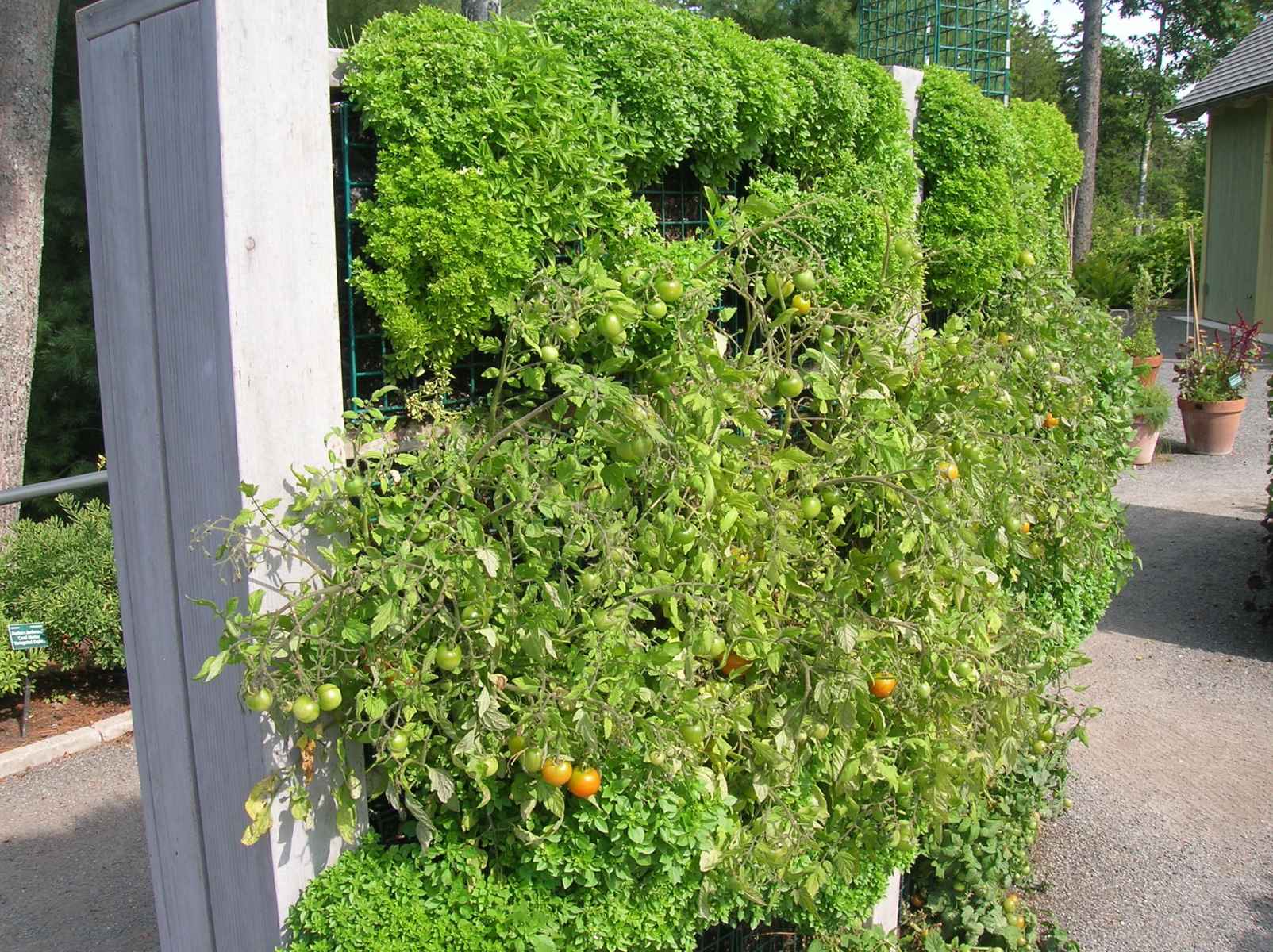
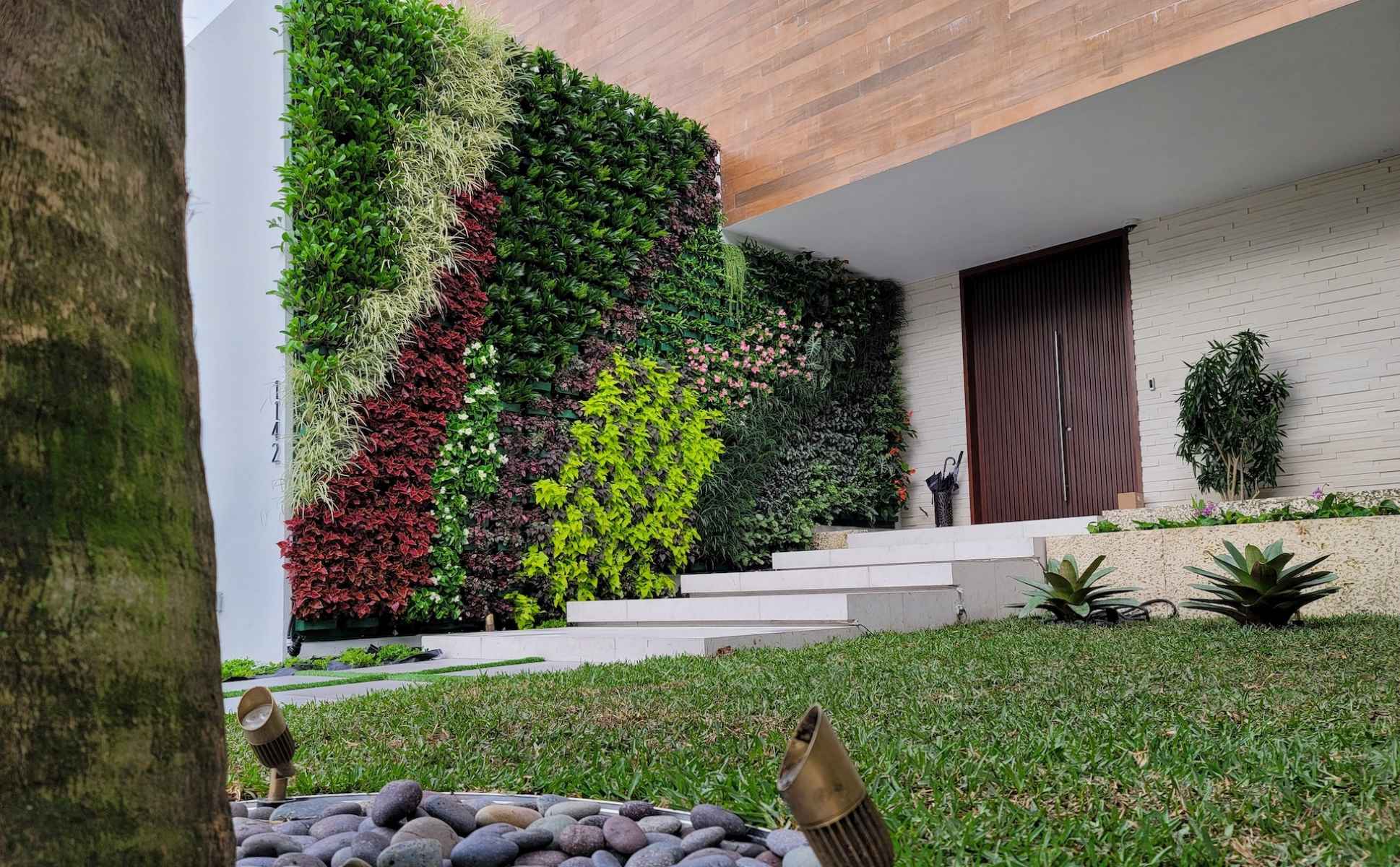
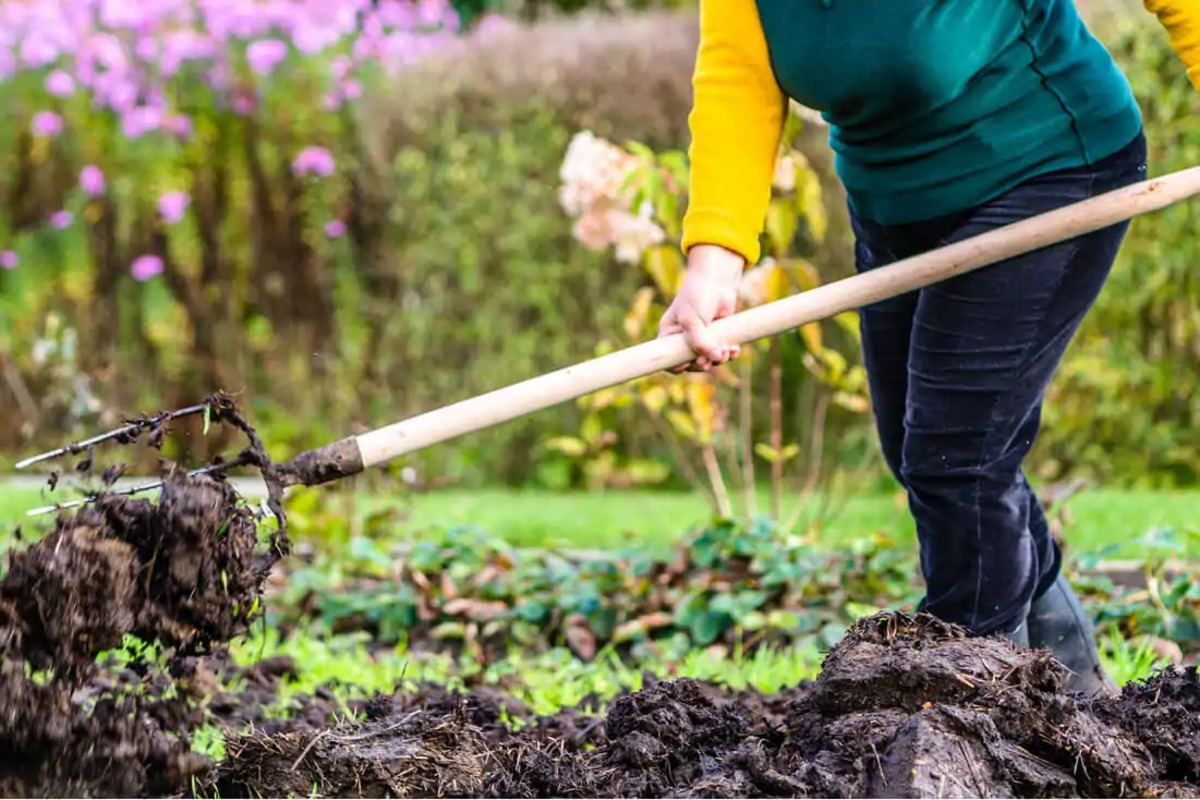
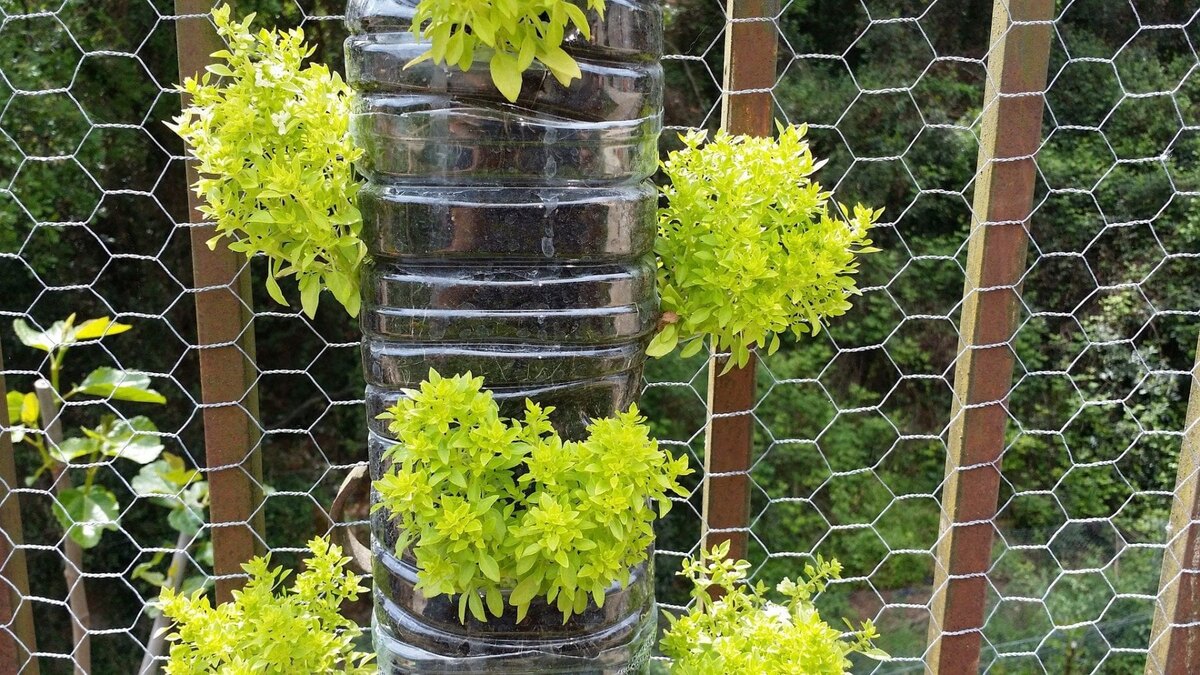
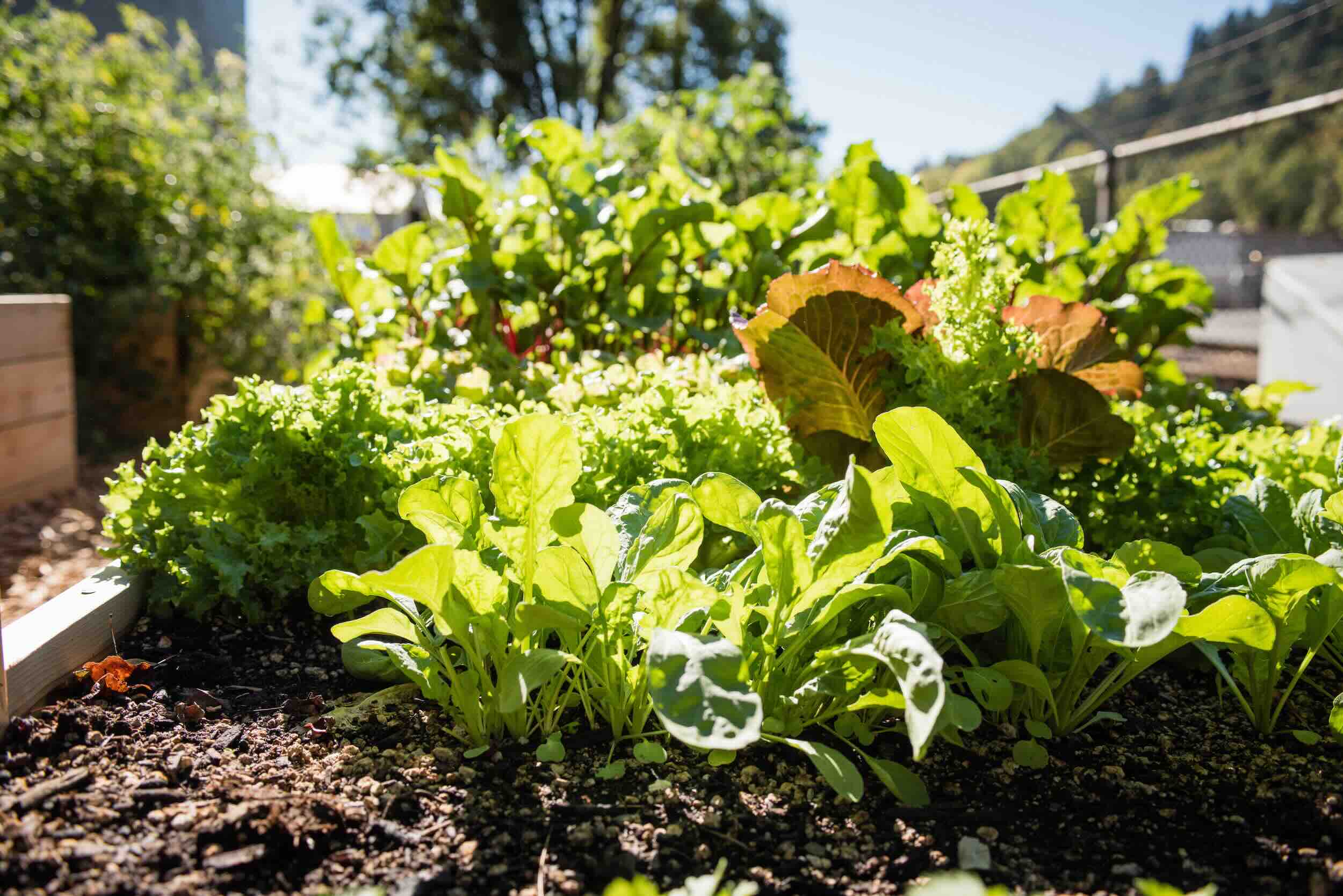
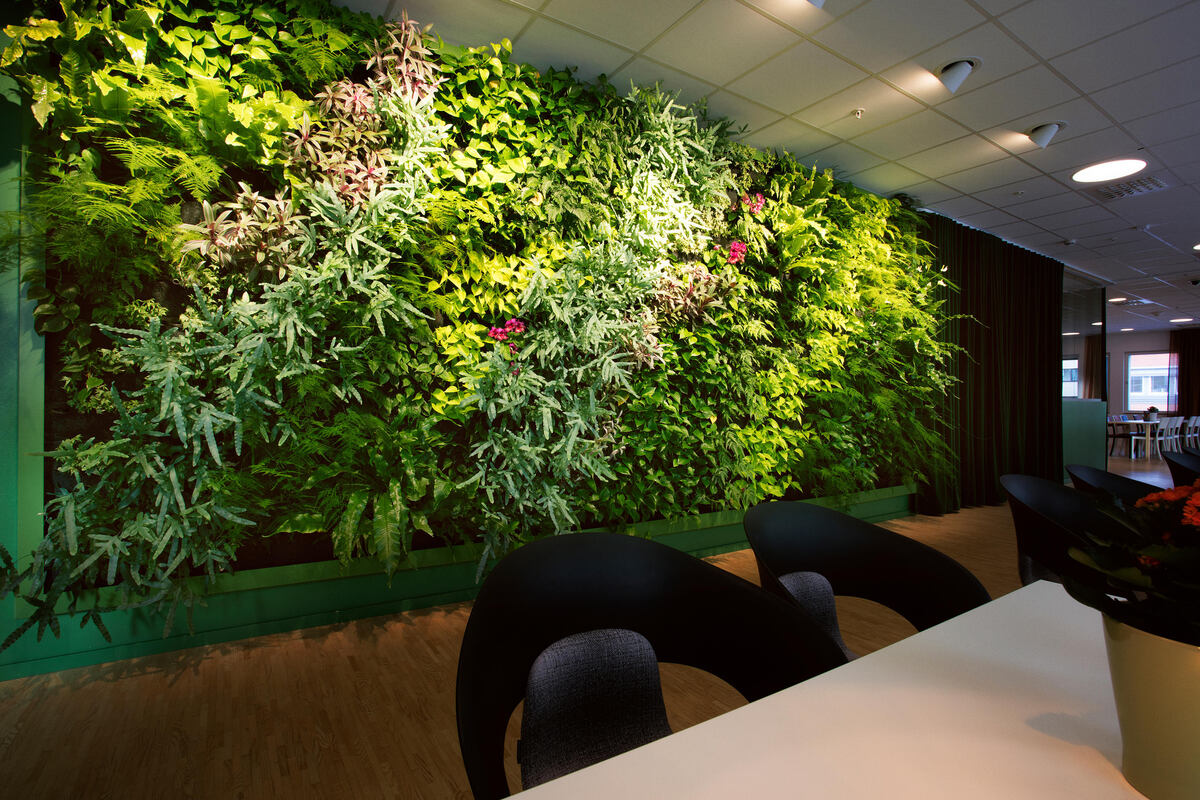
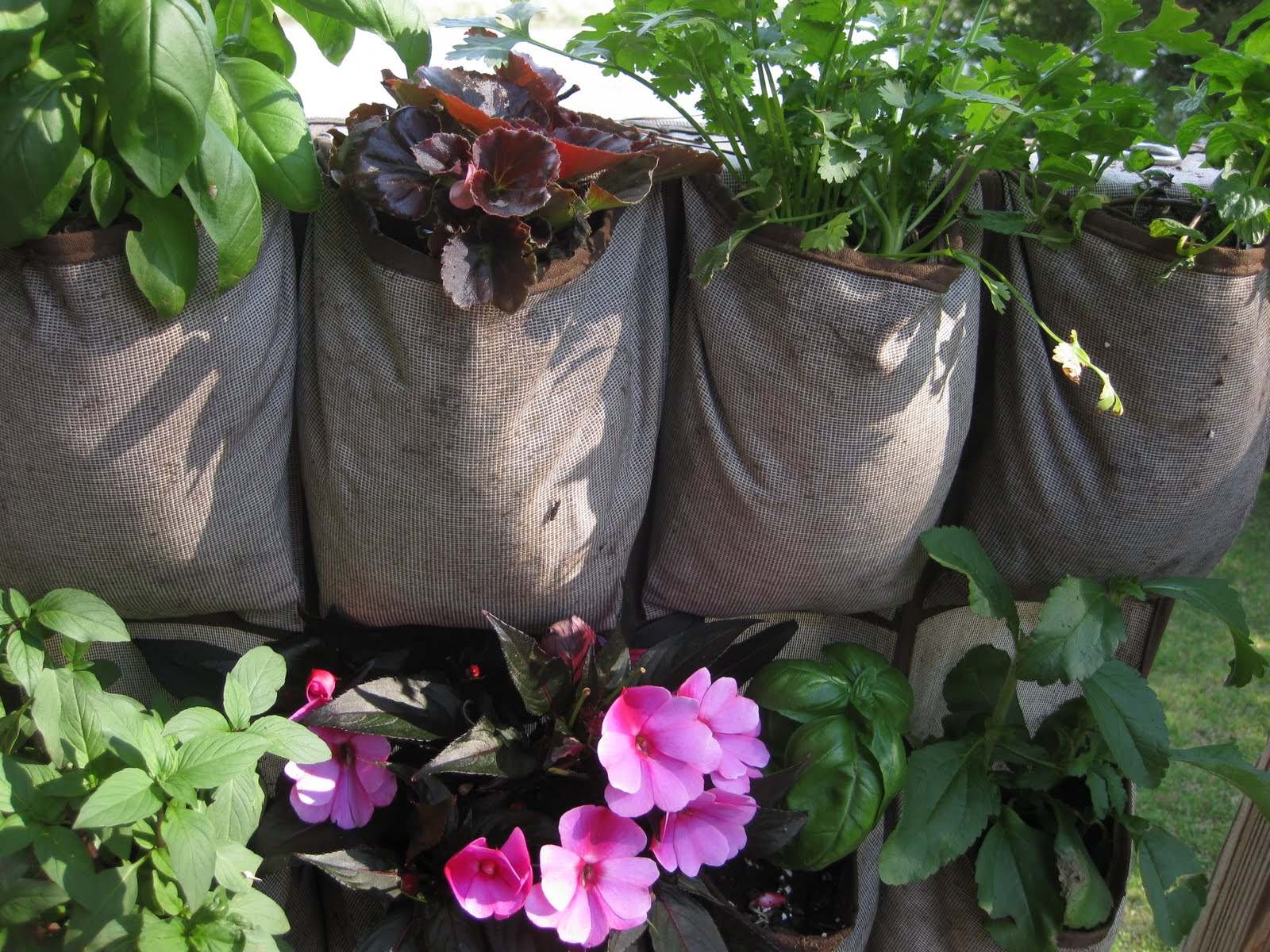
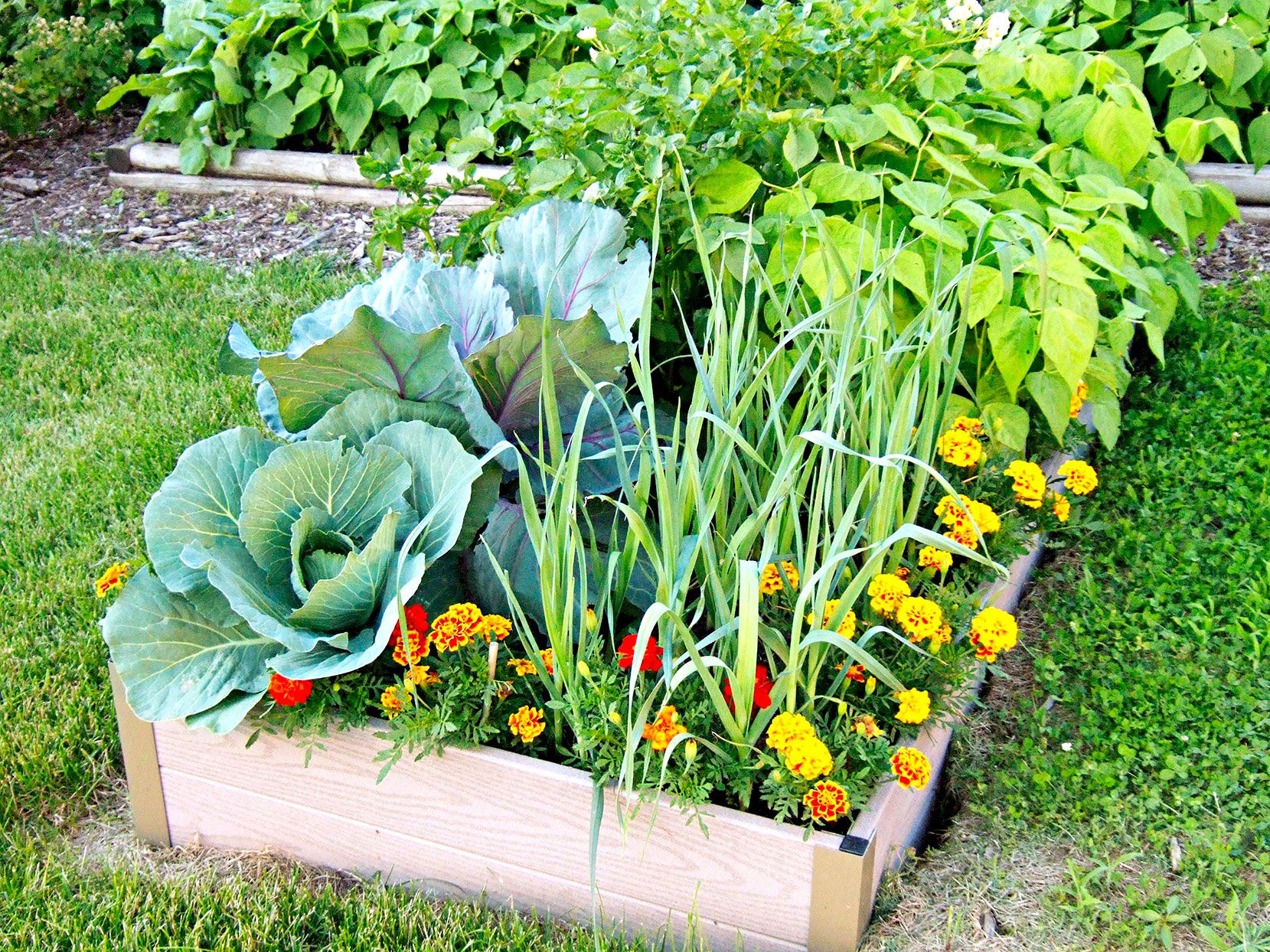
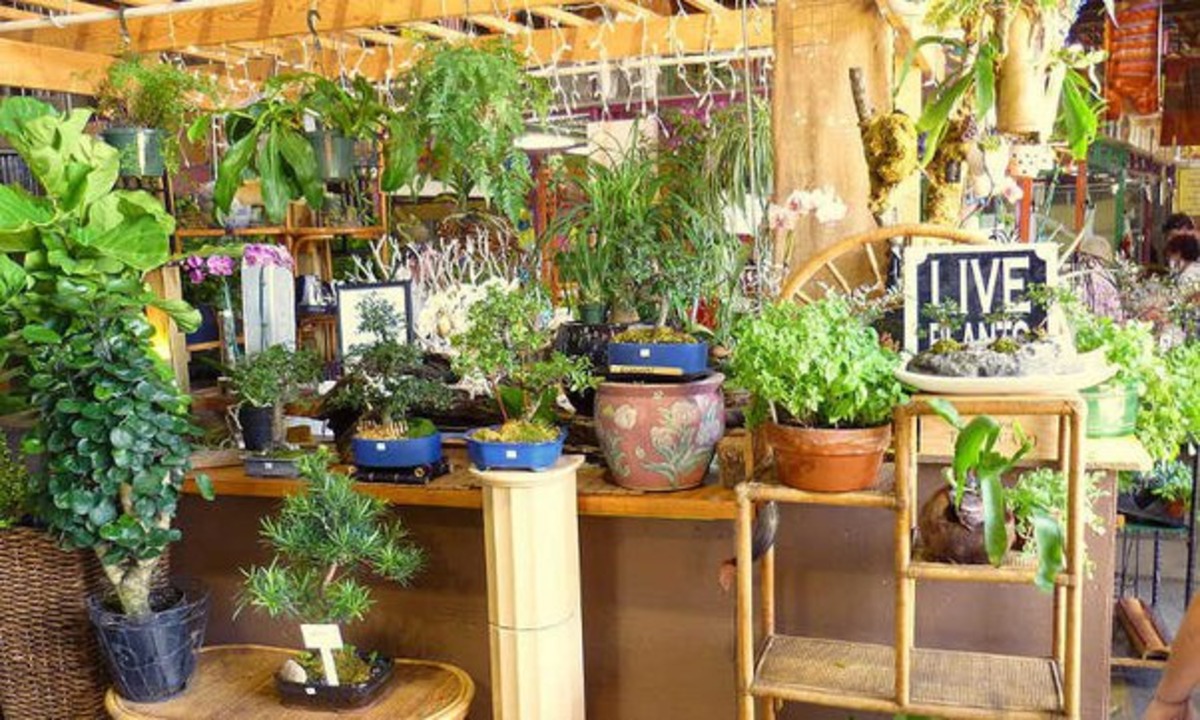
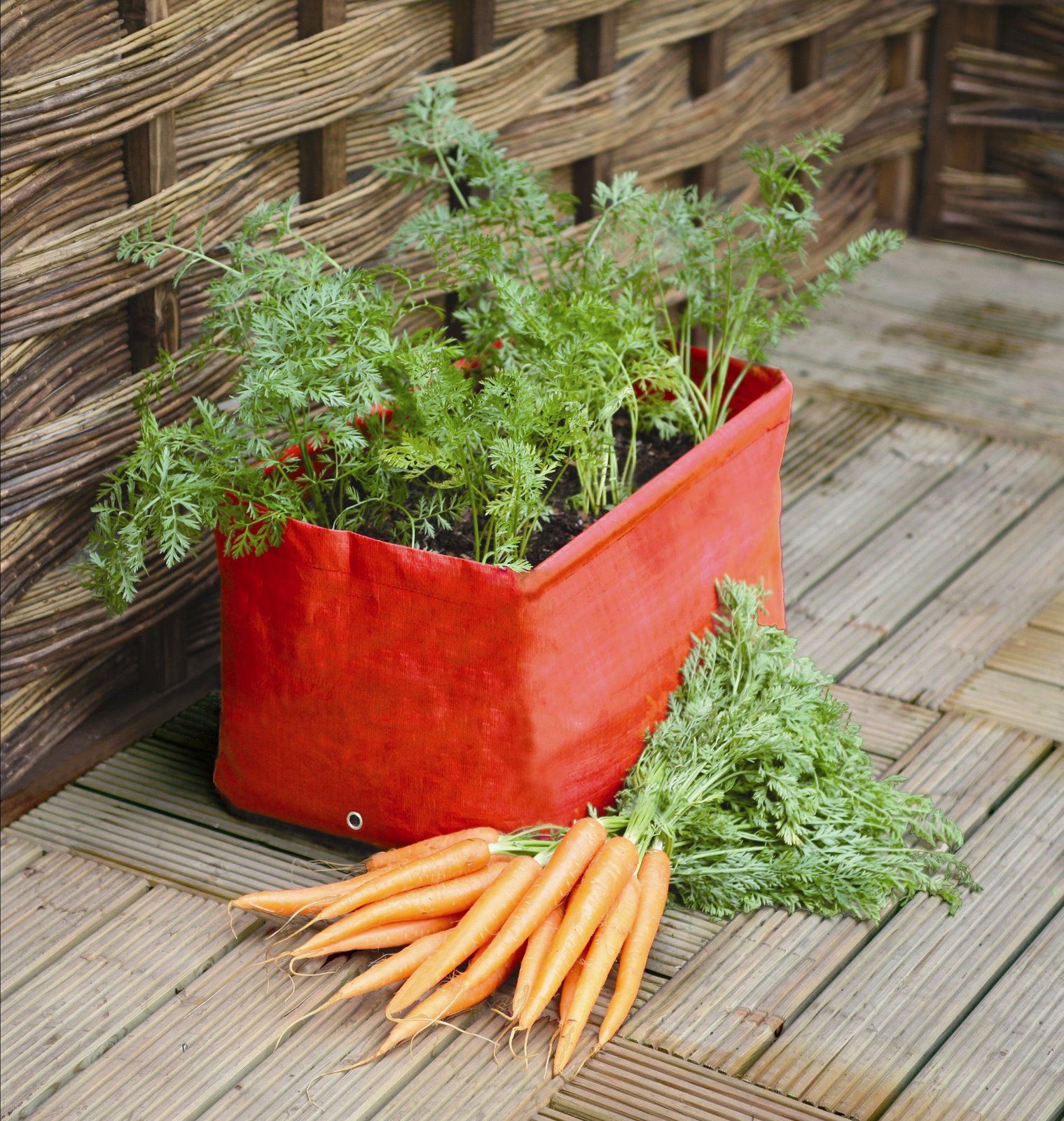

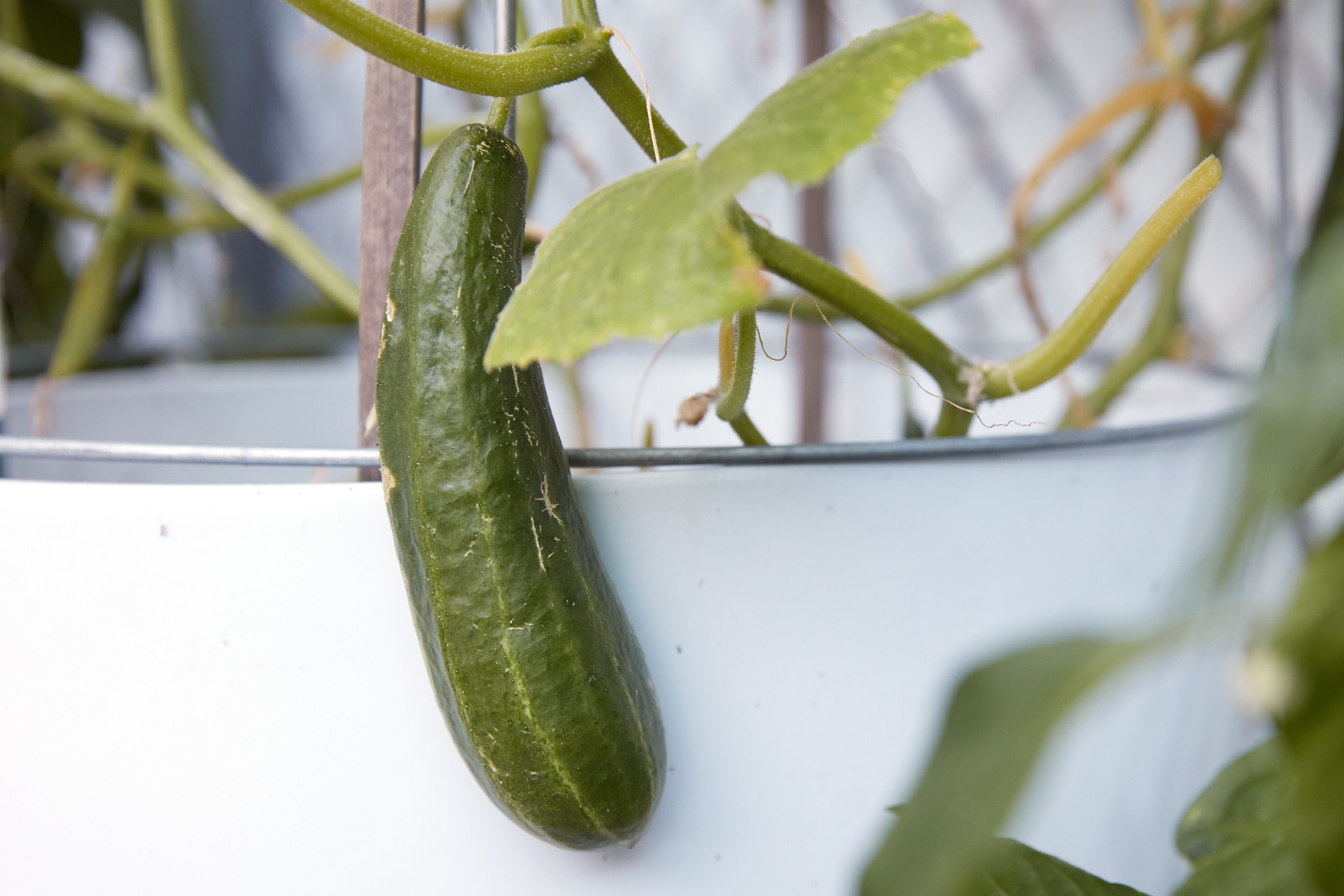
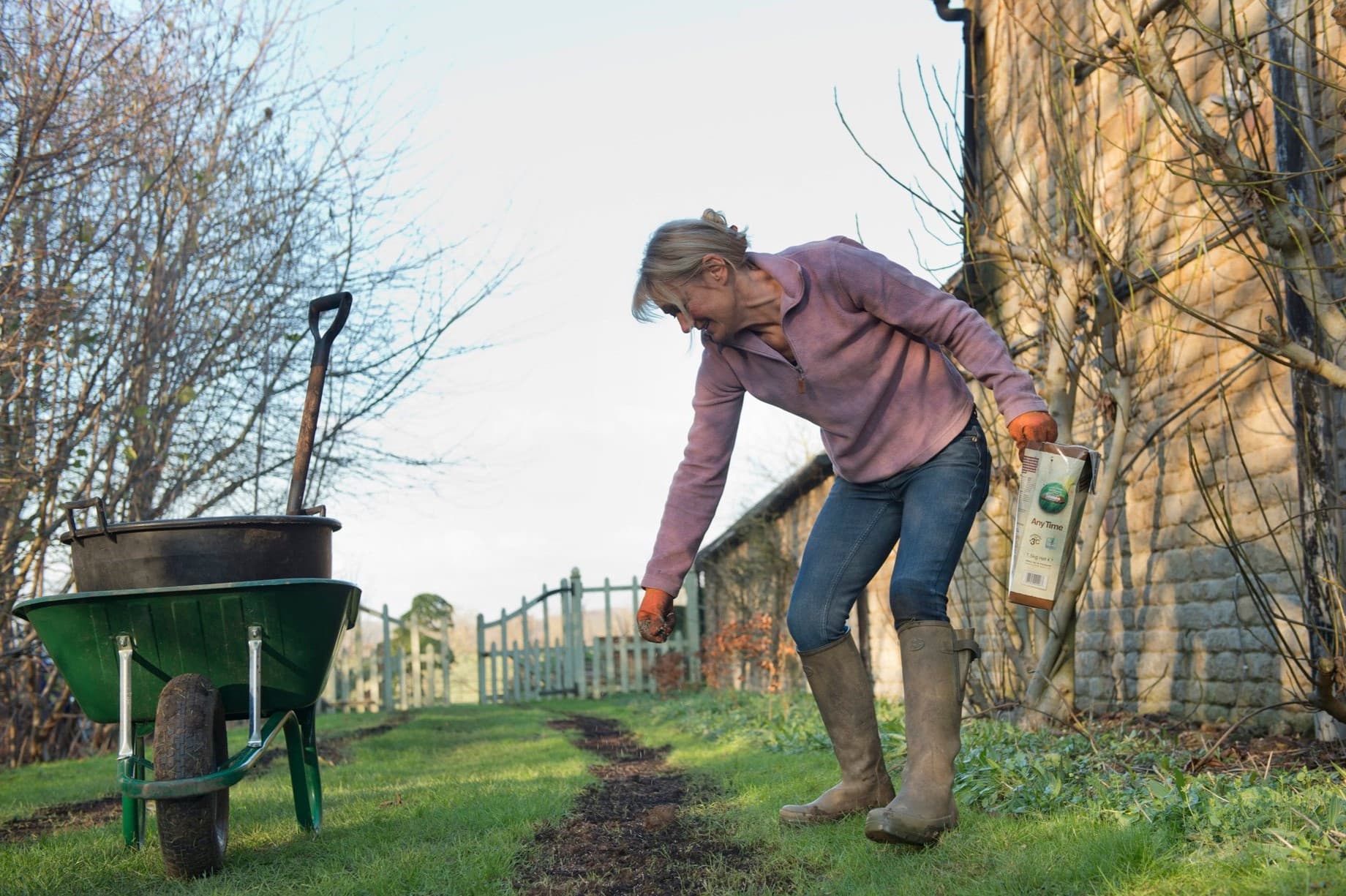

0 thoughts on “What Vegetables Can You Grow In A Vertical Garden?”